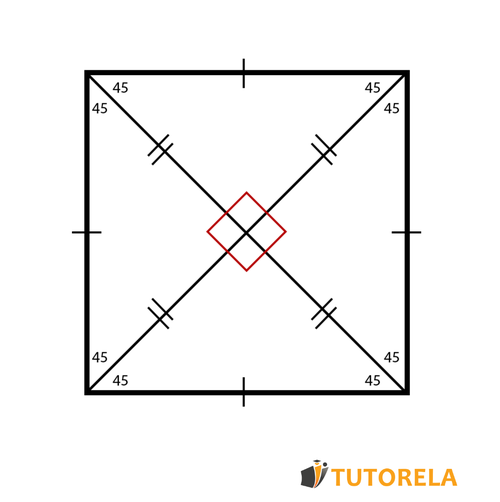To solve this problem, we need to understand the definitions and properties of a parallelogram and a square:
- A parallelogram is a quadrilateral where opposite sides are parallel. This implies that opposite sides are equal in length, but it does not require all sides to be equal or all angles to be right angles.
- A square is a special type of parallelogram and rectangle where all four sides are of equal length, and all four angles are right angles (90 degrees).
With these definitions in mind, let's compare:
A parallelogram, by definition, does not require all sides to be equal or all angles to be right angles. Therefore, not every parallelogram meets the requirements to be a square.
For example, a rectangle is a type of parallelogram where all angles are right angles, but it may not have all equal sides unless it is a square. Similarly, a rhombus is a type of parallelogram with all sides equal but may not have all right angles unless it is a square.
Thus, while a square is indeed a parallelogram (since it fulfills the conditions of having opposite sides equal and parallel), not every parallelogram is a square. Only those parallelograms which have all sides equal and all angles equal to 90 degrees qualify as squares.
This leads us to conclude that the statement "A parallelogram is a square" is false.
Therefore, the correct answer is No.
